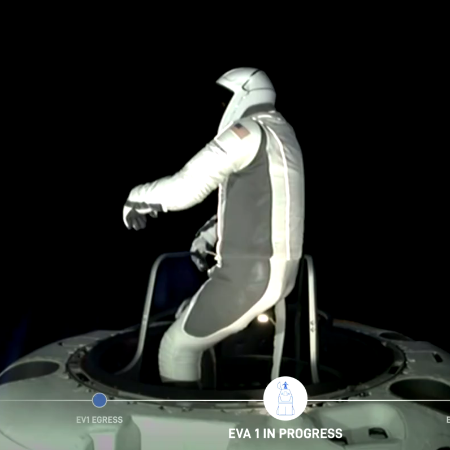FCC commissioner slams FCC for its partisan hostility to SpaceX

The FCC proves its partisan hostility to SpaceX
Even as the FAA has increasingly appeared to be harassing SpaceX with red tape, FCC commissioner Brendan Carr this week slammed his own agency for what appears to be clearly partisan hostility to SpaceX in its recent decisions and public statements.
Carr noted how only last year the FCC had canceled an almost $900 million grant that it had previously awarded to SpaceX for providing rural communities internet access. When it did so, the FCC claimed that the company had failed to “demonstrate that it could deliver the promised service.”
That claim of course was absurd on its face, considering that Starlink was the only available commercial system that was actually doing this, directly to individual rural customers.
Carr noted however that this absurd FCC decision was made even more ridiculous this week by the FCC’s chairperson, Jessica Rosenworcel, who accused SpaceX of being a “monopoly” because of its success in launching Starlink satellites and providing this service ahead of everyone else.
» Read more

The FCC proves its partisan hostility to SpaceX
Even as the FAA has increasingly appeared to be harassing SpaceX with red tape, FCC commissioner Brendan Carr this week slammed his own agency for what appears to be clearly partisan hostility to SpaceX in its recent decisions and public statements.
Carr noted how only last year the FCC had canceled an almost $900 million grant that it had previously awarded to SpaceX for providing rural communities internet access. When it did so, the FCC claimed that the company had failed to “demonstrate that it could deliver the promised service.”
That claim of course was absurd on its face, considering that Starlink was the only available commercial system that was actually doing this, directly to individual rural customers.
Carr noted however that this absurd FCC decision was made even more ridiculous this week by the FCC’s chairperson, Jessica Rosenworcel, who accused SpaceX of being a “monopoly” because of its success in launching Starlink satellites and providing this service ahead of everyone else.
» Read more








